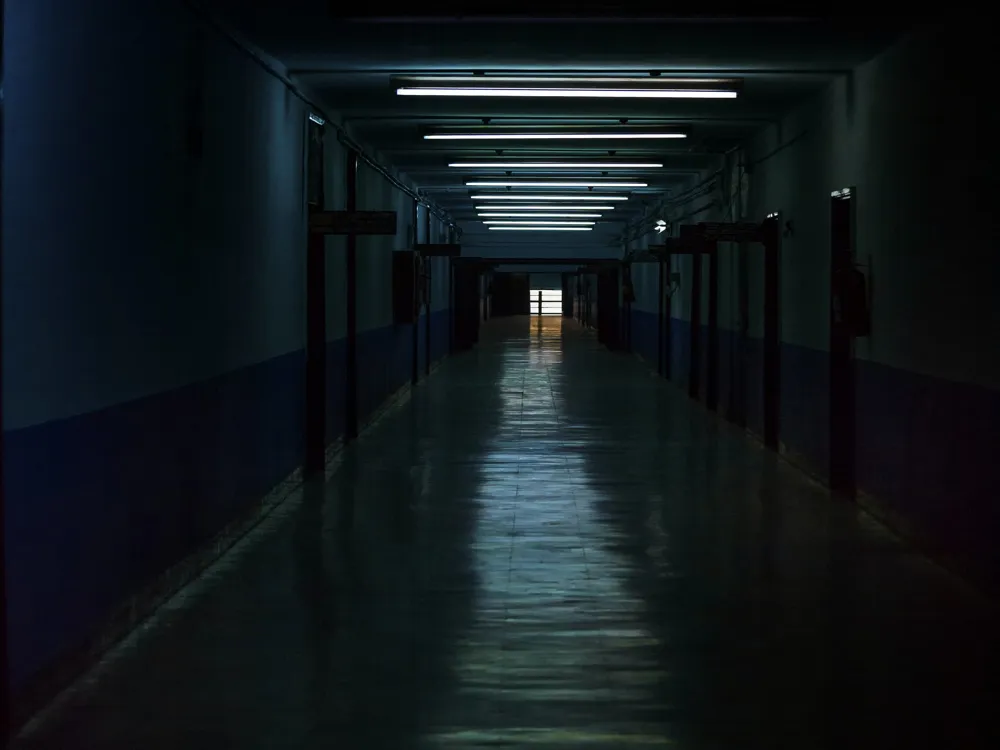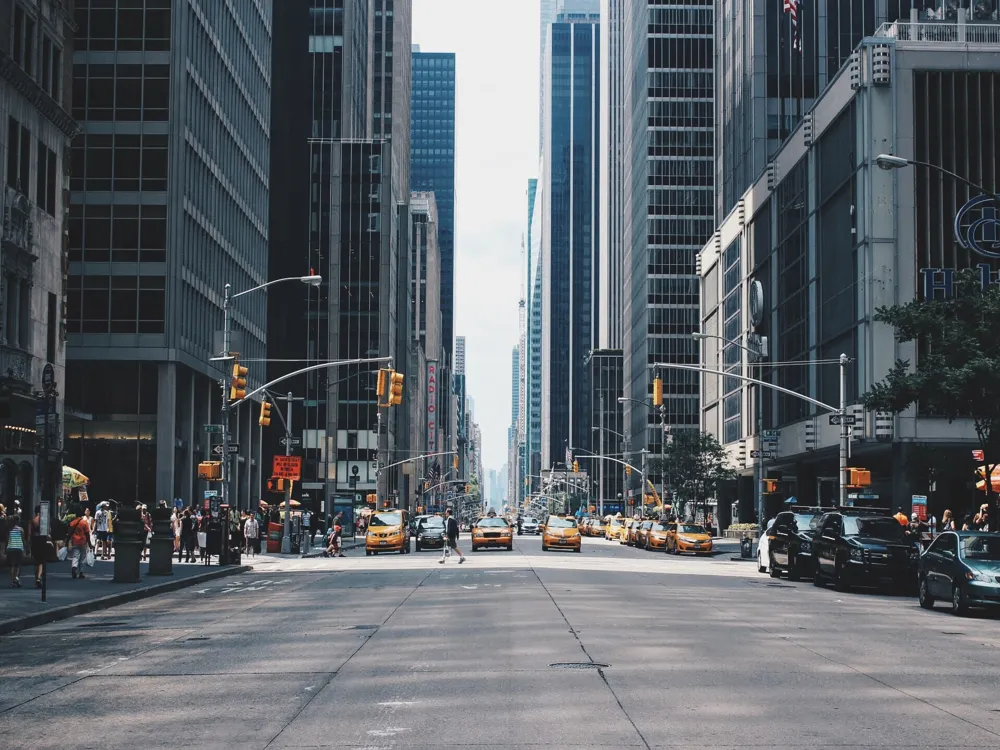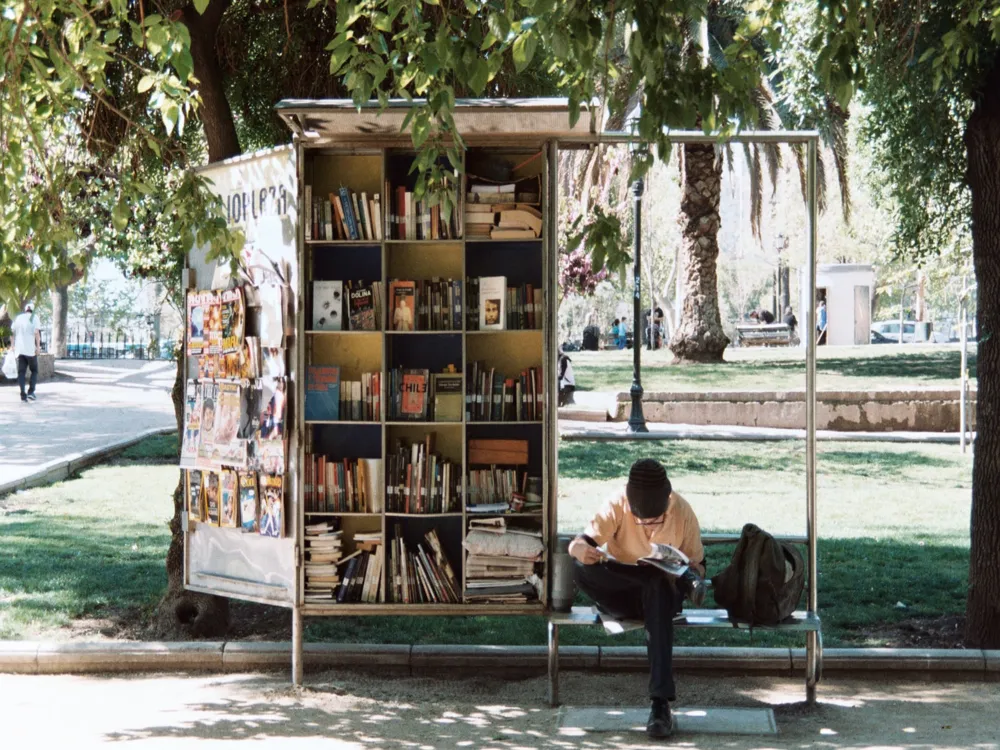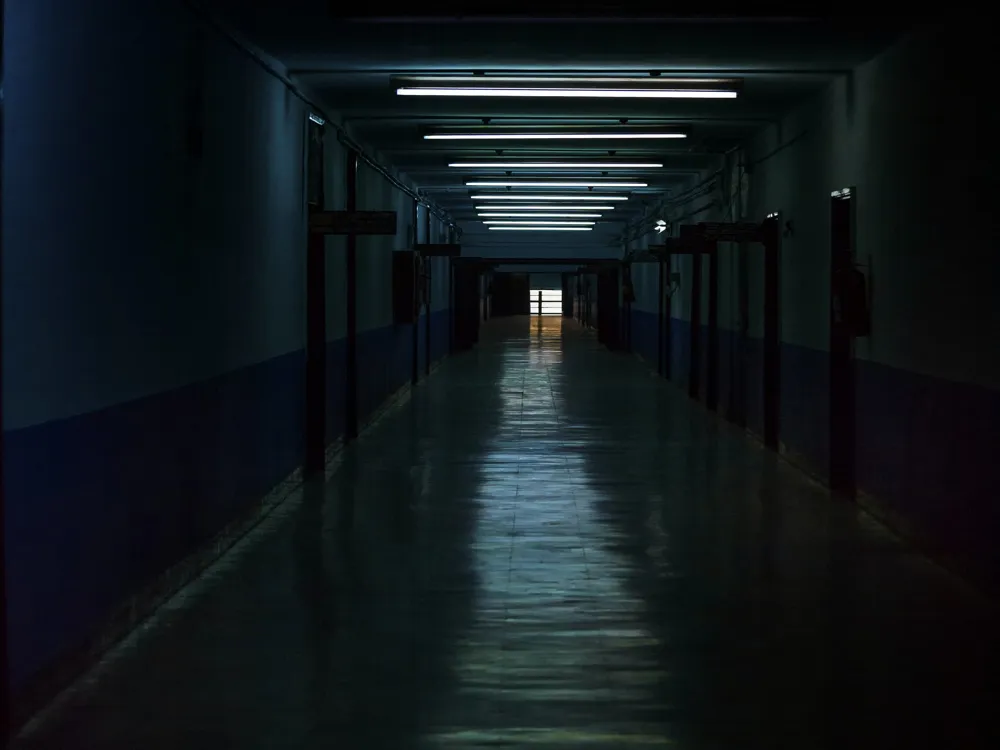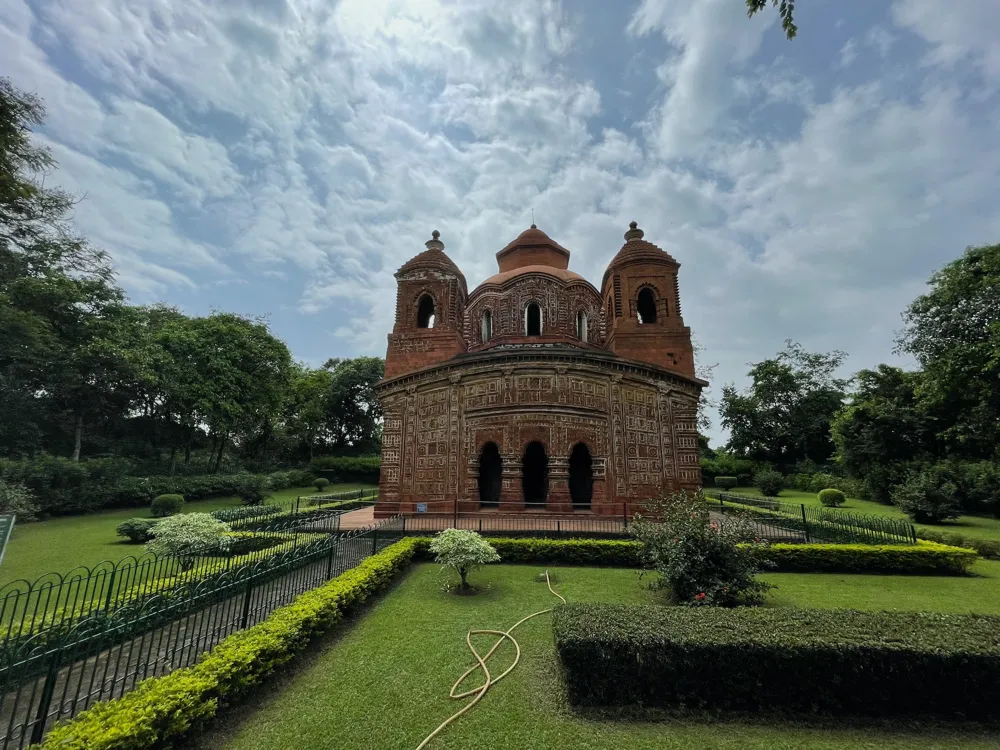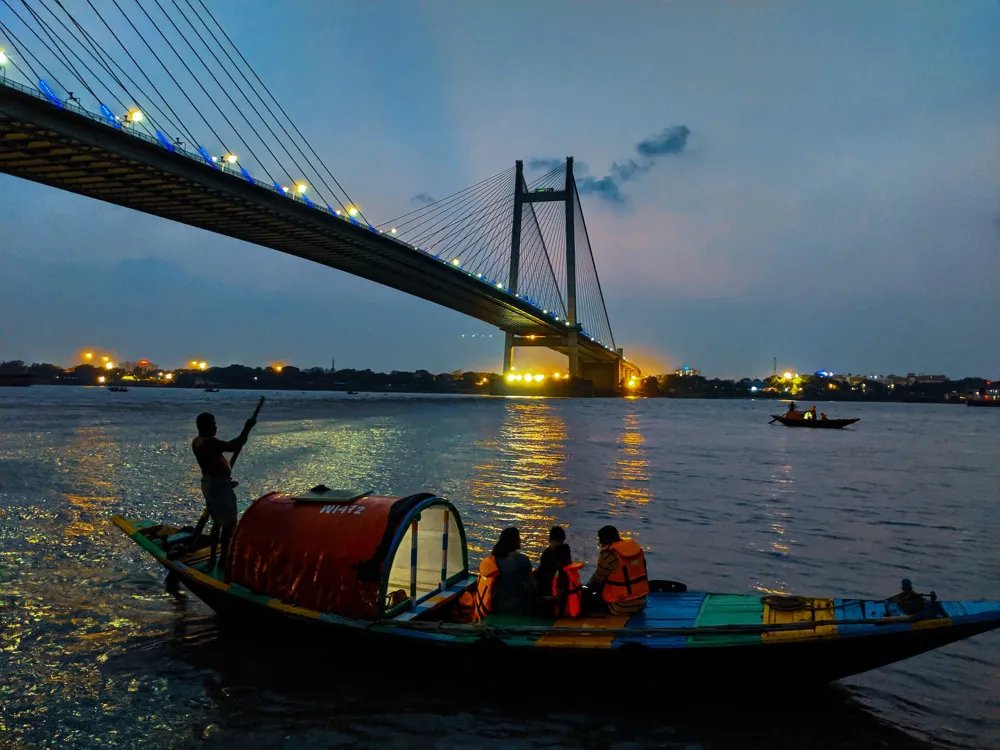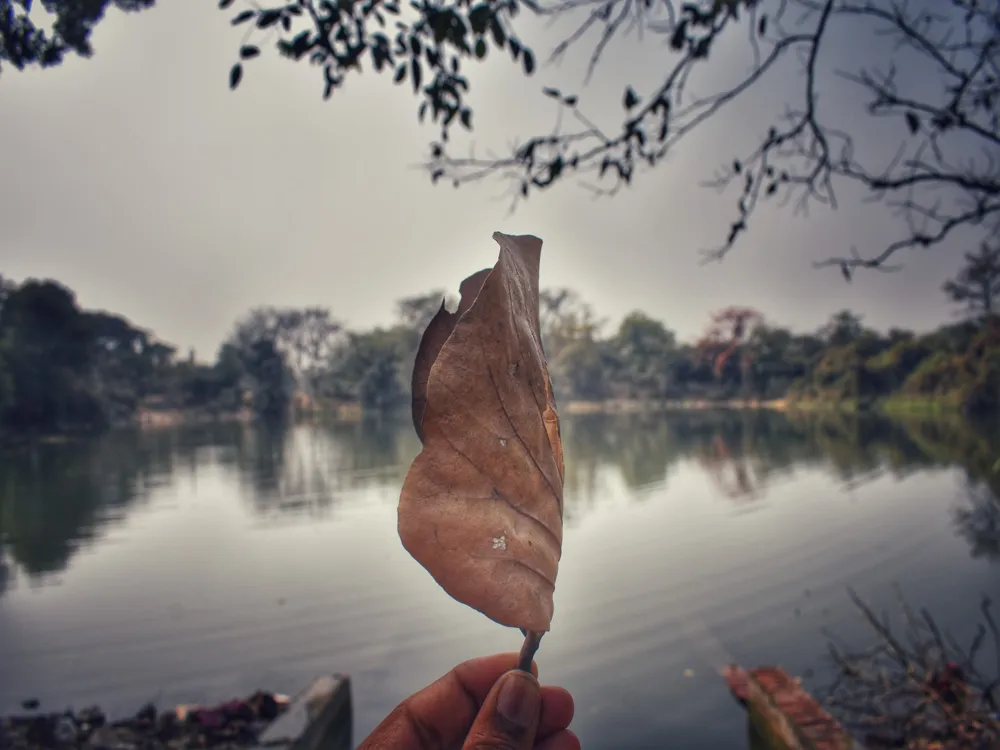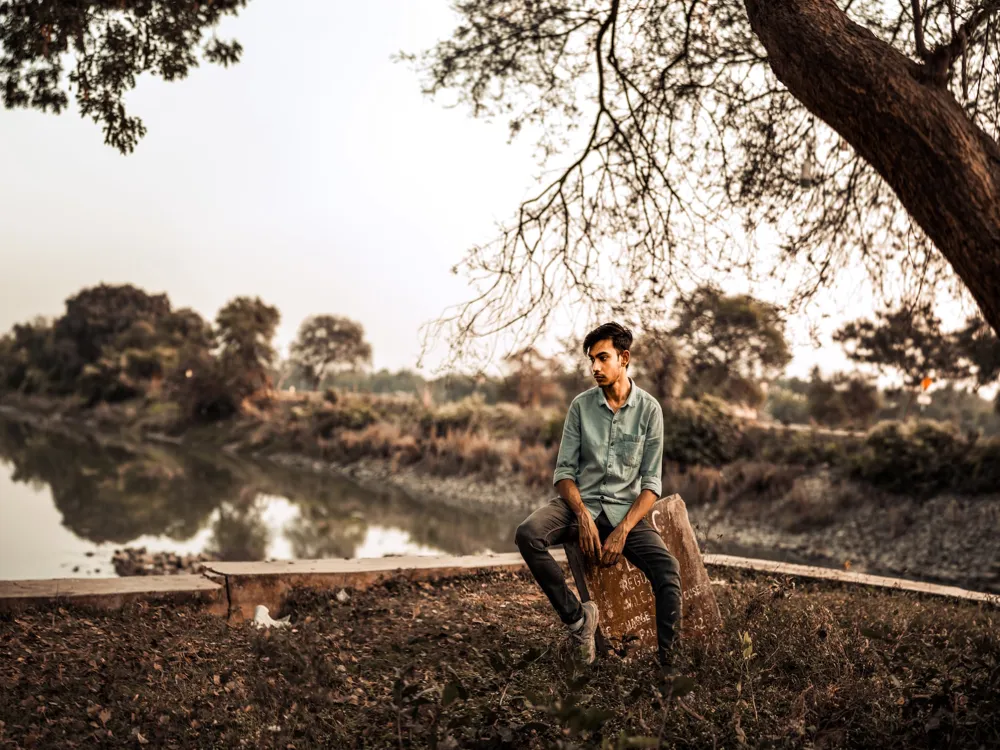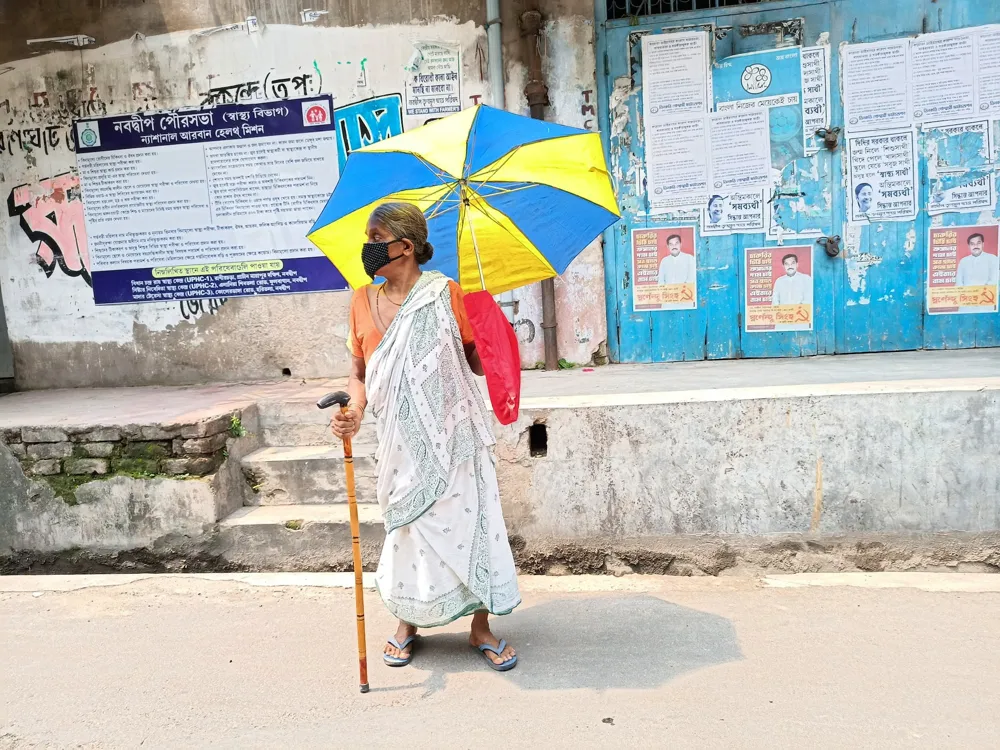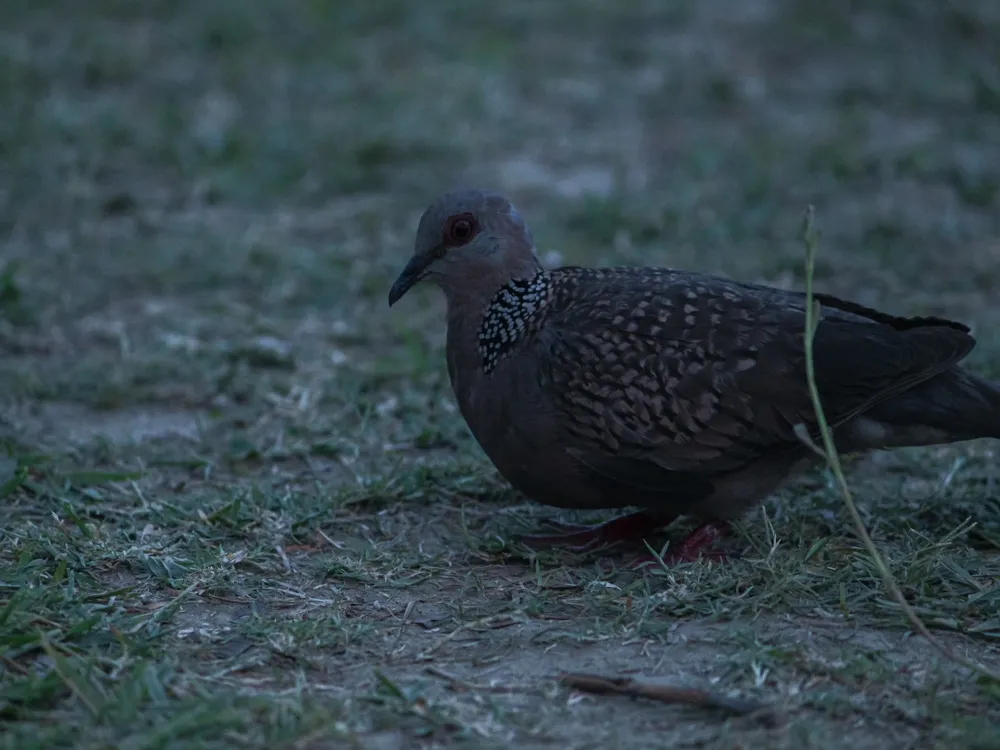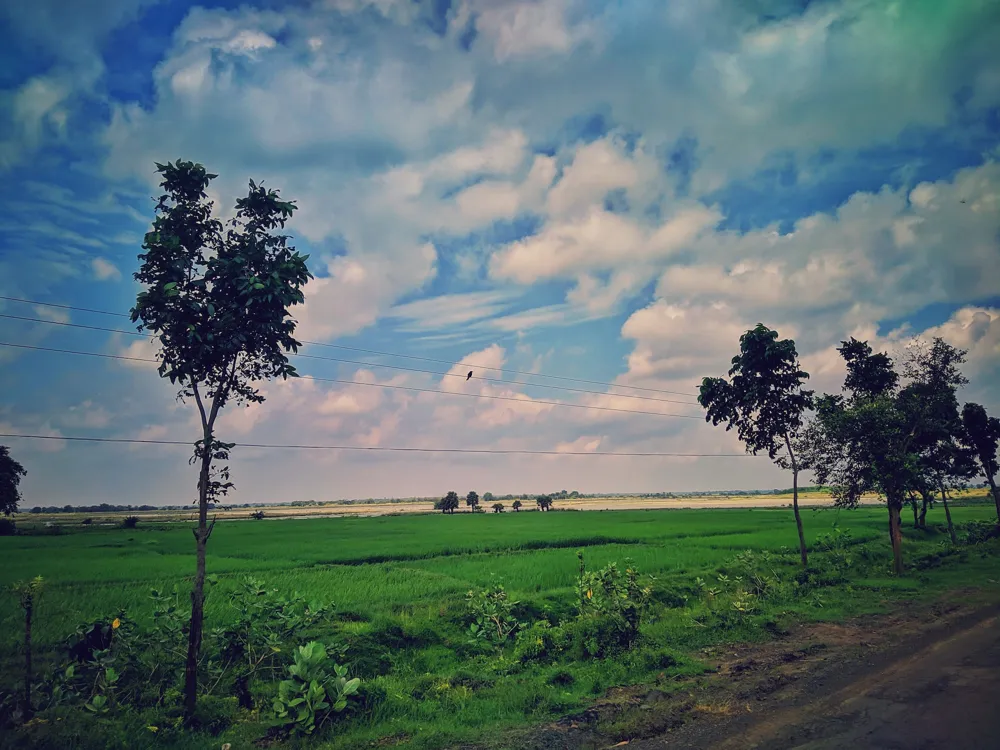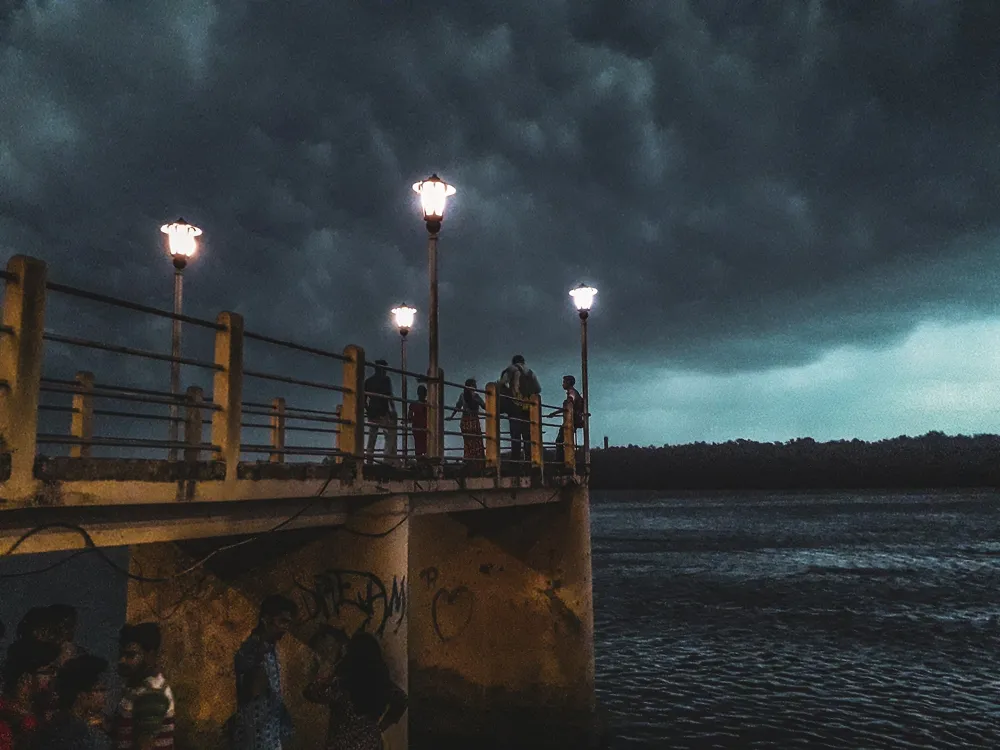Deul Park, a hidden gem in Durgapur, West Bengal, is a remarkable blend of natural beauty and historical significance. This picturesque location, nestled along the banks of the Ajay River, offers a serene escape from the bustling city life. The park is not just a haven for nature lovers but also a significant site for those interested in history and architecture. The most prominent feature of Deul Park is the ancient Deul Temple, a testament to the architectural prowess of the past. The temple believed to be built between the 9th and 10th centuries, stands as a relic of the Bargaon architectural style, unique to this region. Spanning over a considerable area, Deul Park presents a lush landscape, dotted with a variety of flora and fauna. The park's greenery, coupled with the tranquil waters of the Ajay River, creates a picturesque setting perfect for relaxation and photography. Visitors often find solace in the gentle rustling of leaves and the distant chirping of birds, which forms a soothing natural symphony. Additionally, the park serves as a cultural hub, hosting various local festivals and events, making it a vital part of the community's social life. The architecture of Deul Park is a fascinating subject, primarily due to the historic Deul Temple. This ancient structure is an outstanding example of the Bargaon style of architecture, which flourished in this region of India during the medieval period. The temple's design is characterized by its curvilinear shikhara (tower), intricately carved from stone. The shikhara, towering majestically against the backdrop of the blue sky, is a sight to behold. The temple walls are adorned with carvings and sculptures that depict various deities, mythological scenes, and motifs from nature. These carvings are not just artistic masterpieces but also serve as a window into the life and beliefs of the people who lived during that era. The temple's layout follows a simple yet elegant plan, with a sanctum sanctorum (garbhagriha) and a mandapa (pillared hall), typical of Hindu temple architecture. The use of locally sourced sandstone and laterite in the construction adds to the rustic charm of the temple. The ideal time to visit Deul Park is between October and March when the weather is pleasant, and the natural beauty of the park is at its peak. During these months, the temperature is comfortable for outdoor activities, and the park's greenery is lush and vibrant. Visitors should bring essentials like water, snacks, and a camera, and wear comfortable walking shoes. It's also advisable to carry a hat and sunscreen for protection against the sun. If interested in bird watching or nature photography, binoculars and a good camera with a zoom lens will enhance the experience. It's important to respect the historical and cultural significance of Deul Park. Visitors should avoid littering and maintain the cleanliness of the park. Additionally, while exploring the Deul Temple, it's essential to be respectful of the site's religious importance. Deul Park is accessible by various modes of transportation. The nearest major city is Durgapur, which is well-connected by road, rail, and air. Visitors can take a bus or hire a taxi from Durgapur to reach the park. For those traveling by train, the nearest railway station is in Durgapur, from where local transport can be availed to reach the park. Additionally, the nearest airport is in Kolkata, from which Durgapur is a few hours' drive away. Read More: Overview of Deul Park in Durgapur, West Bengal
Architecture of Deul Park
Tips When Visiting Deul Park
Best Time to Visit
What to Bring
Respecting the Site
How To Reach Deul Park
Deul Park
Durgapur
West Bengal
NaN onwards
View durgapur Packages
Weather :
Tags : Garden & Park
Timings : 24 hours
Time Required : 2-3 hrs
Entry Fee : No entry fee
Planning a Trip? Ask Your Question
Durgapur Travel Packages
View All Packages For Durgapur
Top Hotel Collections for Durgapur

Private Pool

Luxury Hotels

5-Star Hotels

Pet Friendly
Top Hotels Near Durgapur
Other Top Ranking Places In Durgapur
View All Places To Visit In durgapur
View durgapur Packages
Weather :
Tags : Garden & Park
Timings : 24 hours
Time Required : 2-3 hrs
Entry Fee : No entry fee
Planning a Trip? Ask Your Question
Durgapur Travel Packages
View All Packages For Durgapur
Top Hotel Collections for Durgapur

Private Pool

Luxury Hotels

5-Star Hotels

Pet Friendly







